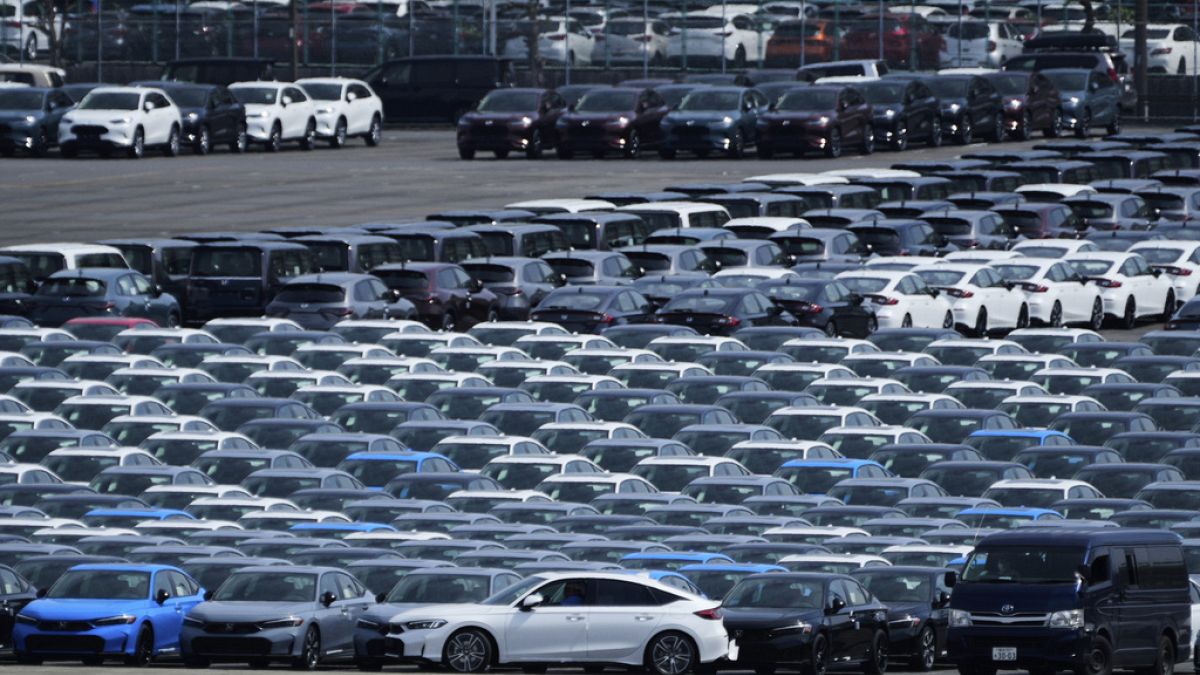

In a world of growing economic complexities, countries across the globe are maneuvering through a series of trade and fiscal adjustments, showcasing both resilience and the need for cautious optimism. Recent developments in trade dynamics, currency shifts, and economic strategies highlight significant transitions in the global economy.
Japan, the world’s fourth-largest economy, stands at a pivotal moment due to a noticeable slowdown in exports, particularly to the United States. The second consecutive monthly decline in shipments to the US has sparked concerns about a potential recession. This economic deceleration is compounded by the looming threat of increased tariffs imposed by the US administration, which could further impact Japan’s trade balance. Such measures underline the interconnected nature of global commerce, with each tariff alteration rippling across international markets.
In Europe, similar trade tensions are unfolding as the European Union (EU) contemplates countermeasures in response to the US’s proposed 30% tariffs on EU goods. Countries like Ireland, Germany, and the Netherlands could be significantly impacted, as they possess substantial trade links with the United States. This potential trade friction underscores the delicate balance nations must maintain to mitigate economic disruptions while upholding their trade interests.
Against this backdrop of uncertainty, the EU is taking proactive steps to fortify its economic resilience. European Commission President Ursula von der Leyen has unveiled an ambitious €2 trillion budget aimed at enhancing the EU’s capacity to weather unforeseen crises. This strategic move underscores the EU’s commitment to flexibility and preparedness, supporting member nations in navigating fluctuating economic landscapes.
Meanwhile, Bulgaria is preparing for a pivotal monetary shift as it plans to transition from the lev to the euro in January. This change aims to bring economic stability and integration into the broader European market. Experts in Bulgaria emphasize this transition as a crucial step into what they describe as a ‘lifeboat’ of economic stability, despite domestic debates fueled by some political factions.
Further afield, Kazakhstan is working to boost Eurasian trade by enhancing the Trans-Caspian trade route. By improving this multimodal corridor, Kazakhstan aims to meet the EU’s 15-day transit goal, facilitating smoother and more efficient trade flows between Europe and China. This development showcases Kazakhstan’s strategic positioning in fostering economic connections across continents.
In the UK, trade dynamics are also in the spotlight as Britain’s trade chief plans to visit Washington. The aim is to address key tariff concerns with the White House, reflecting the importance of open dialogue and engagement between trading partners in navigating complex international trade scenarios.
Additionally, in Brazil, trade-related tensions have unexpectedly stirred political dynamics. The US president’s tariff policies have sparked public protests and amplified political discourse in Brazil, illustrating the broader societal impacts of international trade policies.
These interconnected developments across the globe highlight the intricate tapestry of modern economies. As nations strive for balanced growth and stability, they are simultaneously pulled into a dance of diplomacy and strategy, seeking to align national interests with the broader currents of global trade. In this evolving environment, countries must tread carefully yet confidently, embracing both opportunities and challenges with a spirit of collaboration and foresight.
Source: {link}
